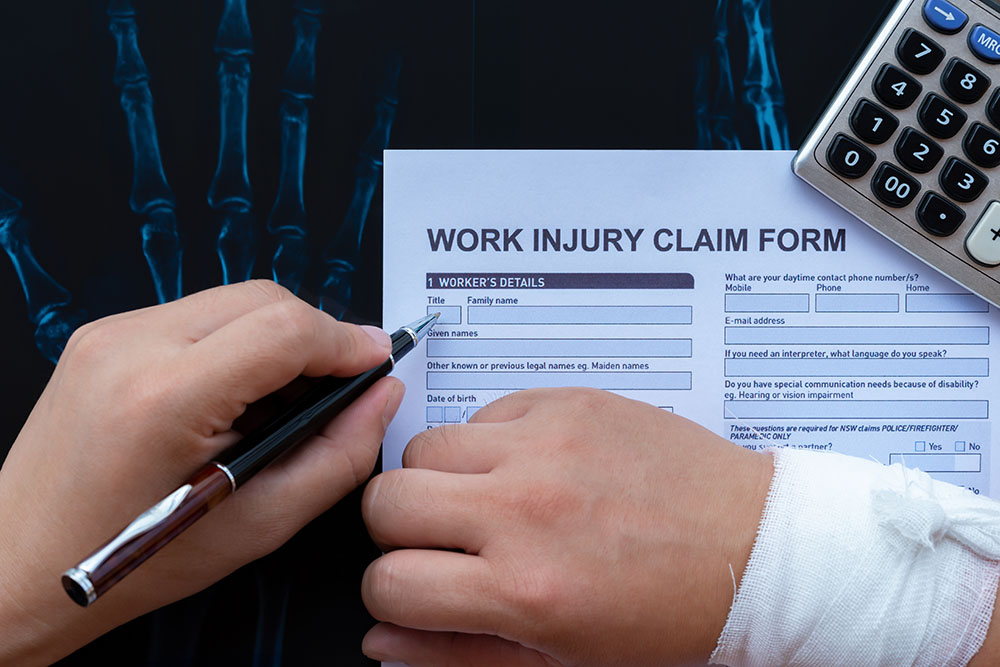After a 25-year follow-up study, researchers discovered that patients who have juvenile myoclonic epilepsy (JME) experience a 68 percent seizure-free rate. Of those patients, almost 30 percent of them don’t have to take antiepileptic drugs (AED) to treat the condition anymore. Some of those AEDs include Topamax. The results of this study were recently published in Epilepsia, which is a journal of the International League Against Epilepsy (ILAE).
According to the report, occurrences of generalized tonic-clonic seizures occur after patients suffer from bilateral myoclonic seizures, and AED polytherapy has significantly been able to predict the long-term outcomes of seizures. The patients that have JME tend to experience jerks of the arms, shoulders and occasionally even the legs. Previous research findings suggest that JME is a very common form of epilepsy in that 11 percent of epileptics have JME. The condition is more common in females and the onset of the condition generally occurs during adolescence. However, experts still disagree on the long-term outcome of the condition, and which factors are able to predict the outcomes of the seizures.
In their efforts to investigate JME outcomes, Dr. Felix Schneider and his colleagues from the Epilepsy Center at the University of Greifswald in Germany analyzed information collected from 12 male and 19 female patients with JME. The researchers conducted a follow-up after a 25-year period that included reviews of the patients’ medical records and interviews with the patients by phone or in person. What they found was that 68 percent of the patients were now seizure-free and of those patients, 28 percent had stopped using AEDS like Topamax.
The researchers also discovered that GTCS remission with patients using AEDs increased the patients’ chances of being seizure-free. In fact, when the patients stopped taking the AEDs like Topamax, their occurrences of photoparoxysmal responses were a predictor of whether or not if the patients were at risk of having a recurrence of the seizures.
“Our findings confirm the feasibility of personalized treatment of the individual JME patient,” concludes Dr. Schneider. “Life-long AED therapy is not necessarily required in many patients to maintain seizure freedom. Understanding the predictors for successful long-term seizure outcome will aid clinicians in their treatment options for those with JME.”
Drugs like Topamax are often used as a means of deterring seizures in epileptic patients. This study can go a long way in helping researchers better keep epileptics seizure-free, but the drug has also been linked to various adverse side effects including birth defects babies whose mothers take the drug while pregnant. Some of those birth defects include PPHN, oral clefts, cleft palate, spina bifida and neural defects.
If your child was born with birth defects and you have taken Topamax, contact attorney Greg Jones today for a free consultation. I am experienced at fighting Topamax lawsuits and may be able to help you recover money for your child’s injuries.




